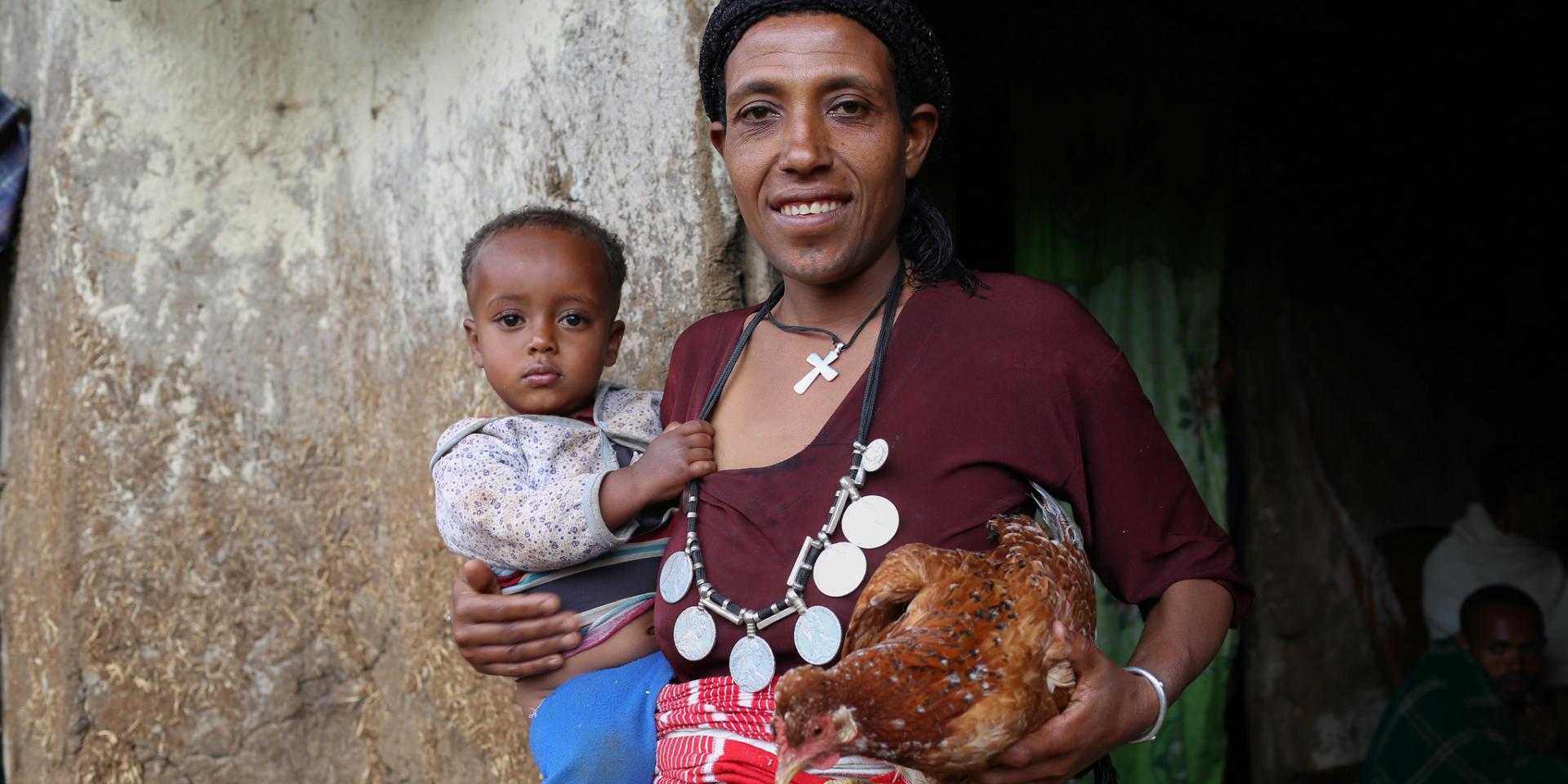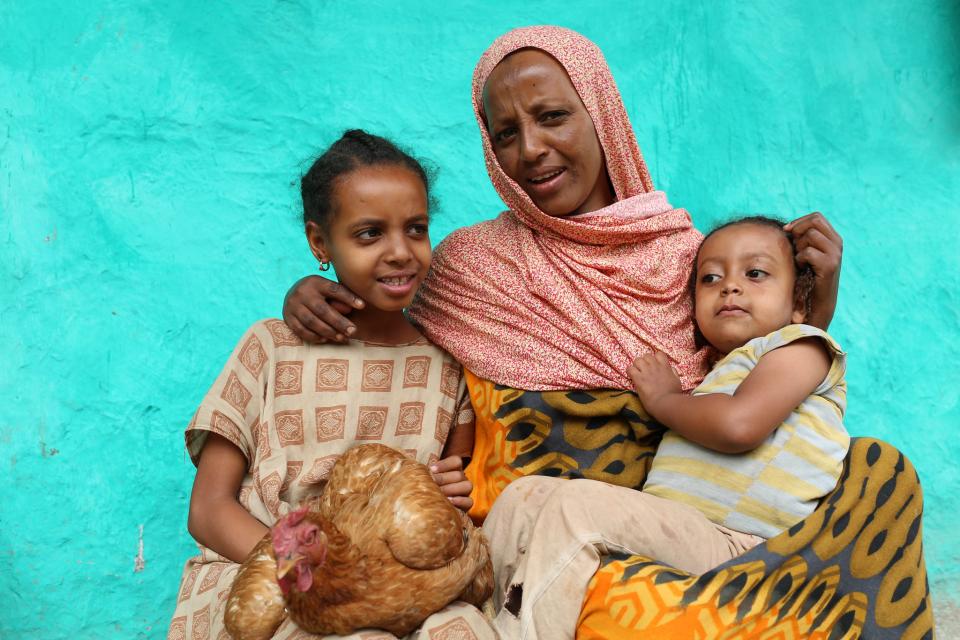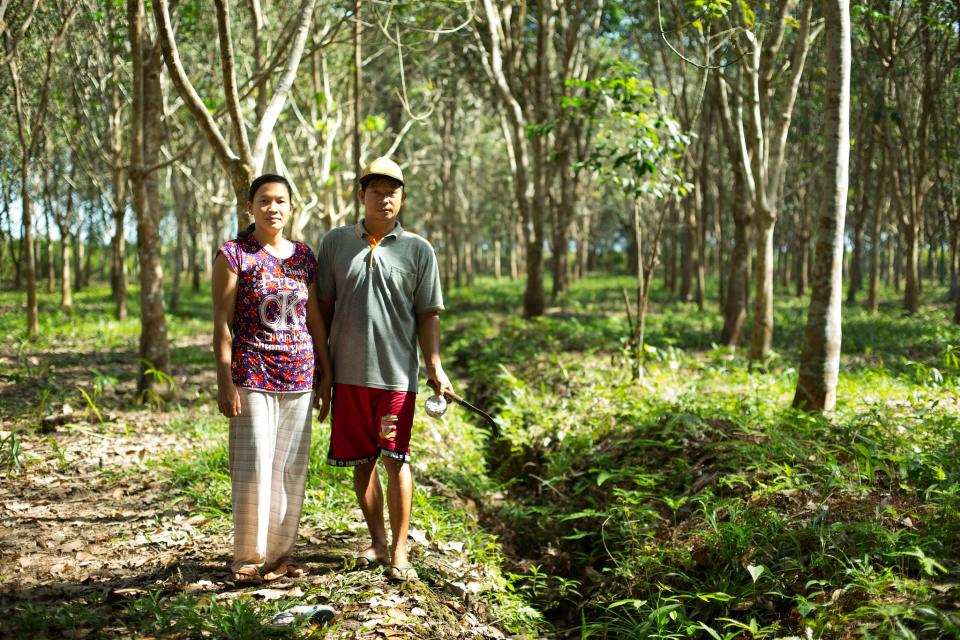More than money: Setting up livestock investments for gender equity outcomes

Photo: Apollo Habtamu /ILRI
Since 2013, the International Livestock Research Institute (ILRI) has supported countries in Africa and Asia to develop Livestock Master Plans, articulating and prioritizing their needs for investments in livestock development. Now, scientists are testing new ways to ensure that such plans, and subsequent investments, yield not only economic outcomes but also gender equity.
Livestock plays an essential role in supporting the incomes, health, and food security of millions of people in the Global South. Livestock benefits women in particular by providing a rare opportunity for them to access and control resources, financial services and employment. Nonetheless, the livestock sector suffers from chronic under investments, which hampers progress toward the Sustainable Development Goals.
That’s why CGIAR scientists at ILRI have supported interested governments, including in Ethiopia, Tanzania, Rwanda, Uzbekistan and Bihar in India, to articulate and prioritize their livestock development investment objectives in so-called Livestock Master Plans.
However, with more governments setting out to develop such plans, including The Gambia, Kenya and Odisha in India, it is becoming increasingly urgent to address a significant shortcoming: So far, no reliable way to account for gender equity objectives or outcomes have been established for the Livestock Master Plans.
Evidence indicates that livestock intensification and commercialization tend to disadvantage women livestock keepers as compared to men. This means there is a risk that governments, when preparing their livestock investment plans, will focus on frequently prioritized economic objectives at the expense of progress on gender equity.
Integrating gender considerations in Livestock Master Plans
A typical Livestock Master Plan consists of a baseline analysis of the country’s livestock sector, a 15-year livestock sector strategy and 5-year investment plans and road map to implement the strategy, explained Dr Sirak Bahta, Senior Agricultural Economist working with the Policies, Institutions and Livelihoods (PIL) Program at ILRI.
Although these plans have an overall objective to improve livelihoods, they respond to the vision expressed by national or regional governments, which typically centres on increased food supply, more jobs and higher incomes from livestock. What’s more, because there is no consistent way to account for objectives related to women’s empowerment and gender equity, economic performance has dominated the analysis and been the primary criterion for investment prioritization and planning.


